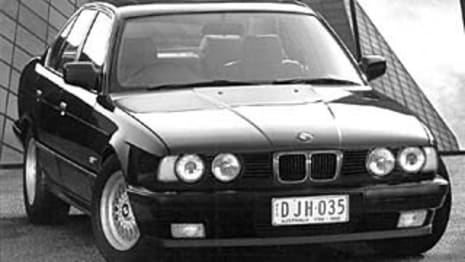
What's on this page
BMW 5 Series 1995
The 1995 BMW 5 Series carries a braked towing capacity of up to 1600 Kg, but check to ensure this applies to the configuration you're considering.
BMW 5 Series News

Diesel is not dead! 2025 BMW 5 Series range gains new diesel grade to sit along electric car variants as it battles Mercedes-Benz E-Class and Genesis G80
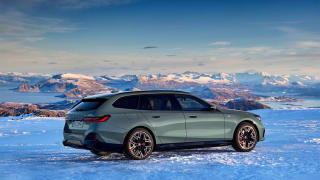
Powerful and purposeful 2024 BMW i5 Touring coming to Australia: Pure electric car heads new 5 Series wagon family with monster performance and traditional long-roof style
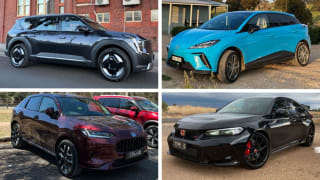
Byron Mathioudakis' Top 5 cars of 2023: From Honda Civic Type R to Kia EV9 and beyond
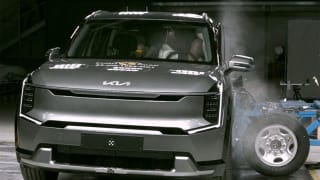
Maximum five-star ANCAP safety results for 2024 BMW 5 Series, Kia EV9 and Mercedes-Benz EQE SUV
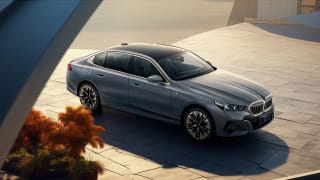
Higher 5: 2024 BMW i5 and 5 Series sedan gets more kit and a longer wheelbase for China
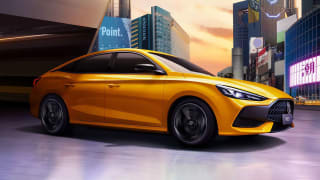
Best hatchbacks and sedans arriving in 2023
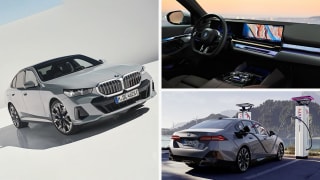
2024 BMW 5 Series price and specs: Sad you can't buy a Tesla Model S EV? BMW's new electric car will turn that frown upside down!
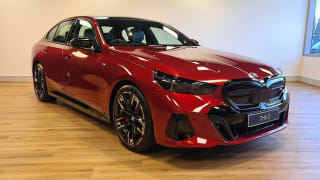
Premium plugs in! BMW i5 could be the brand's turning point for electric cars in Australia
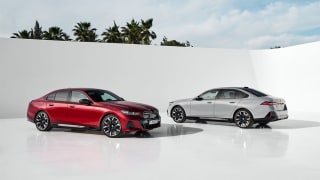
The 5 arrives! 2024 BMW 5 Series confirmed for Australian launch this year with electric car versions set to take on Mercedes-Benz EQE and Porsche Taycan
BMW 5 Series 1995 Price and Specs
Pricing guides

| BMW 5 Series Model | Body Type | Specs | Price from | Price to | |
|---|---|---|---|---|---|
| 520i | Sedan | 2.0L PULP 5 SP AUTO | $4,070 | $6,050 | |
| 520i Executive | Sedan | 2.0L PULP 5 SP AUTO | $4,290 | $6,380 | |
| 525i | Sedan | 2.5L PULP 5 SP AUTO | $4,950 | $7,260 | |
| 525i Executive | Sedan | 2.5L PULP 5 SP AUTO | $5,170 | $7,590 | |
| 525i Touring | Wagon | 2.5L ULP 5 SP AUTO | $5,500 | $7,700 | |
BMW 5 Series 1995 Q&As
Check out real-world situations relating to the BMW 5 Series here, particularly what our experts have to say about them.
-
What do I need to know about changing tyres on my 2023 BMW 5 Series?
Run-flat tyres were the car companies’ way of making more luggage space and cutting cost from each car. But they had their problems including the noise you’ve mentioned as well as a lack of ride quality. Although, to be fair, the latter has improved massively in recent years with new generation run-flats hitting the market.
A good tyre specialist should be able to advise you on which run-flats are the current favourites in terms of noise and ride, as well as grip and price. But it’s worth mentioning that tyre manufacturers are constantly trying to outdo each other, so the improvements keep coming. The best tyre today might not be the best one in a few months’ time.
The concept of a larger (wider) tyre on the rear of your car is to do with grip and handling. Messing about with this relationship could lead to a less athletic car and there are physical limits on what tyre can be fitted to what rim.
You could make the switch to a non-run-flat tyre and buy a tyre repair kit to keep in the boot. In fact, many owners of earlier cars with run-flat tyres have done just that. You still stand to pick up a little ride comfort by doing so, but nowhere near as much of an improvement as you would have, say, a decade ago.
Show more -
Should I buy an electric car now or later?
It’s definitely true that the march of new-car technology is making big changes to the cars we’re being offered almost on a monthly basis. So, if your current car is just three years old, it might be worth holding on to it and waiting for the next big thing to arrive in showrooms. Certainly, by trading-in at just three years, you’ll pretty much max out the depreciation you’ll suffer in financial terms.
But by waiting, you might find that you can buy an electric vehicle and be able to tap into newer and better infrastructure that will be in place in another few years, rather than put up with the relatively sparse charging-station network currently in this country.
At the moment, a hybrid or plug-in hybrid is a pretty good way to go, provided you use the vehicle mostly in an urban setting, rather than long-distance freeway journeys where the hybrid tech is less advantageous. A hybrid is not exactly future-proof, but it’s a good next step for a lot of Australian car-owners.
As for what brand is best, the tech is getting better and better as time goes by, so it’s likely to be build date rather than brand that will determine the efficiency of the vehicle in question. That said, car owners can’t hold off forever when it comes to upgrading, so for the moment, a hybrid or plug-in hybrid is a logical next car. We’re particularly impressed by the current-model Toyota Camry which is good value to buy, a classy driving experience and offers hybrid fuel efficiency in the right environment. Such cars will be a lot of Australian families’ first hybrid, and rightly so.
Read More: 10 best hybrid vehicles in Australia
Show more -
Why is the coolant system on my 2004 BMW 525i losing pressure?
Did you replace the coolant tank because the vehicle was losing coolant in the first place? If so, there’s a chance that even though the coolant tank is brand new, there could be a leak from somewhere else in the system (that’s allowing the system to lose pressure, as you’ve identified). Possibilities include the radiator itself or even a head gasket, not to mention any one of a number of plastic fittings that control the flow of coolant to the engine and the car’s heating system. But don’t rule out the simple stuff, either; even the humble radiator cap or loose hose-clamp can allow pressure to leak from a cooling system.
The problem with a lot of imported cars is that they tend to use lots of plastic components in their plumbing systems. As they age (and at 16 years old, your car is hardly in the first flush of youth) these fittings and couples become brittle and can begin to leak or even fall apart altogether. In colder climates, these plastic bits and pieces don’t present the same problems to the same degree, but here in Australia, our hot-climate heat-cycles are not appreciated by some makes and models. Combine that with a modern, pressurised cooling system, and you have yourself a problem.
Show more -
BMW 535 2011: Using fuel additives
I can’t see any reason for using a fuel additive, particularly as you use high-octane fuel.
Show more
BMW 5 Series 1995 Dimensions
Dimensions for the 1995 BMW 5 Series are dependent on which body type is chosen. The maximum width and height is 1751mm x 1412mm and can vary on the basis of model.

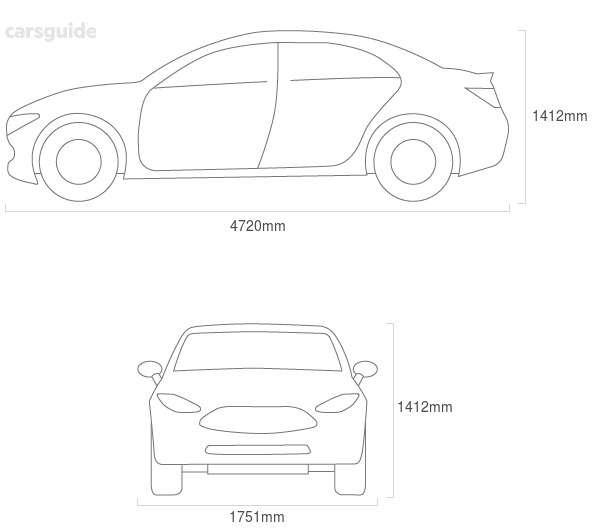
| BMW 5 Series Model | Body Type | Height x Width x Length | Ground Clearance | |
|---|---|---|---|---|
| 520i | Sedan | 1412x1751x4720 mm | — | |
| 520i Executive | Sedan | 1412x1751x4720 mm | — | |
| 525i | Sedan | 1412x1751x4720 mm | — | |
| 525i Executive | Sedan | 1412x1751x4720 mm | — | |
| 525i Touring | Wagon | 1412x1751x4720 mm | — | |
BMW 5 Series 1995 Wheel size
Wheel size for the 1995 BMW 5 Series will vary depending on model chosen, although keep in mind that many manufacturers offer alternate wheel sizes as options on many models.The wheel size available will alter the range of tyres available to be fitted. Standard wheel sizes on the BMW 5 Series vary from 15x7 inches to 17x8 inches.
| BMW 5 Series Model | Body Type | Front Tyre Size | Front Rim | Rear Tyre Size | Rear Rim | |
|---|---|---|---|---|---|---|
| 520i | Sedan | — | 15x7 inches | — | 15x7 inches | |
| 520i Executive | Sedan | — | 15x7 inches | — | 15x7 inches | |
| 525i | Sedan | — | 15x7 inches | — | 15x7 inches | |
| 525i Executive | Sedan | — | 15x7 inches | — | 15x7 inches | |
| 525i Touring | Wagon | — | 15x7 inches | — | 15x7 inches | |
BMW 5 Series 1995 Fuel consumption
Fuel consumption for the 1995 BMW 5 Series is dependent on the type of engine, transmission, or model chosen. The BMW 5 Series currently offers fuel consumption from 8.5 to 11.3L/100km. The BMW 5 Series is available with the following fuel types: PULP and ULP.
| BMW 5 Series Model | Body Type | Specs | Fuel Consumption | |
|---|---|---|---|---|
| 520i | Sedan | 2.0L,PULP,5 SP AUTO | 9.3L/100km | |
| 520i Executive | Sedan | 2.0L,PULP,5 SP AUTO | 8.5L/100km | |
| 525i | Sedan | 2.5L,PULP,5 SP AUTO | 9.7L/100km | |
| 525i Executive | Sedan | 2.5L,PULP,5 SP AUTO | 9.1L/100km | |
| 525i Touring | Wagon | 2.5L,ULP,5 SP AUTO | 9.5L/100km | |
BMW 5 Series 1995 Towing capacity
The BMW 5 Series’s towing capacity ranges from 1400kg to 1600kg. Some models also offer heavy-duty or towing option packs which can increase towing capacity, as well as options which can hamper towing capacity. Towing capacities can vary wildly on a large number of factors. These include engine, transmission, model, and options chosen. Always check with the manufacturer or in your vehicles handbook before attempting to tow anything.
| BMW 5 Series Model | Body Type | Specs | Braked Capacity | |
|---|---|---|---|---|
| 520i | Sedan | 2.0L,PULP,5 SP AUTO | 1400kg | |
| 520i Executive | Sedan | 2.0L,PULP,5 SP AUTO | 1400kg | |
| 525i | Sedan | 2.5L,PULP,5 SP AUTO | 1500kg | |
| 525i Executive | Sedan | 2.5L,PULP,5 SP AUTO | 1500kg | |
| 525i Touring | Wagon | 2.5L,ULP,5 SP AUTO | 1600kg | |


